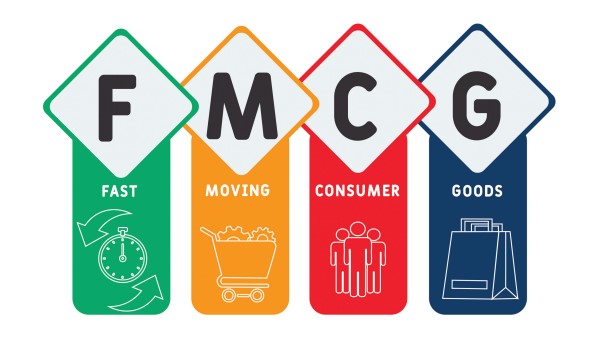India’s FMCG sector is showing urban-rural growth shifts due to price-volume dynamics. Consumers favor local brands amid inflation, emphasizing value and health. Private labels rise with a focus on healthier products, reshaping strategies. In the Fast-Moving Consumer Goods (FMCG) sector, the Asia Pacific region (APAC) recorded a 4% growth rate in the Year to Date…



